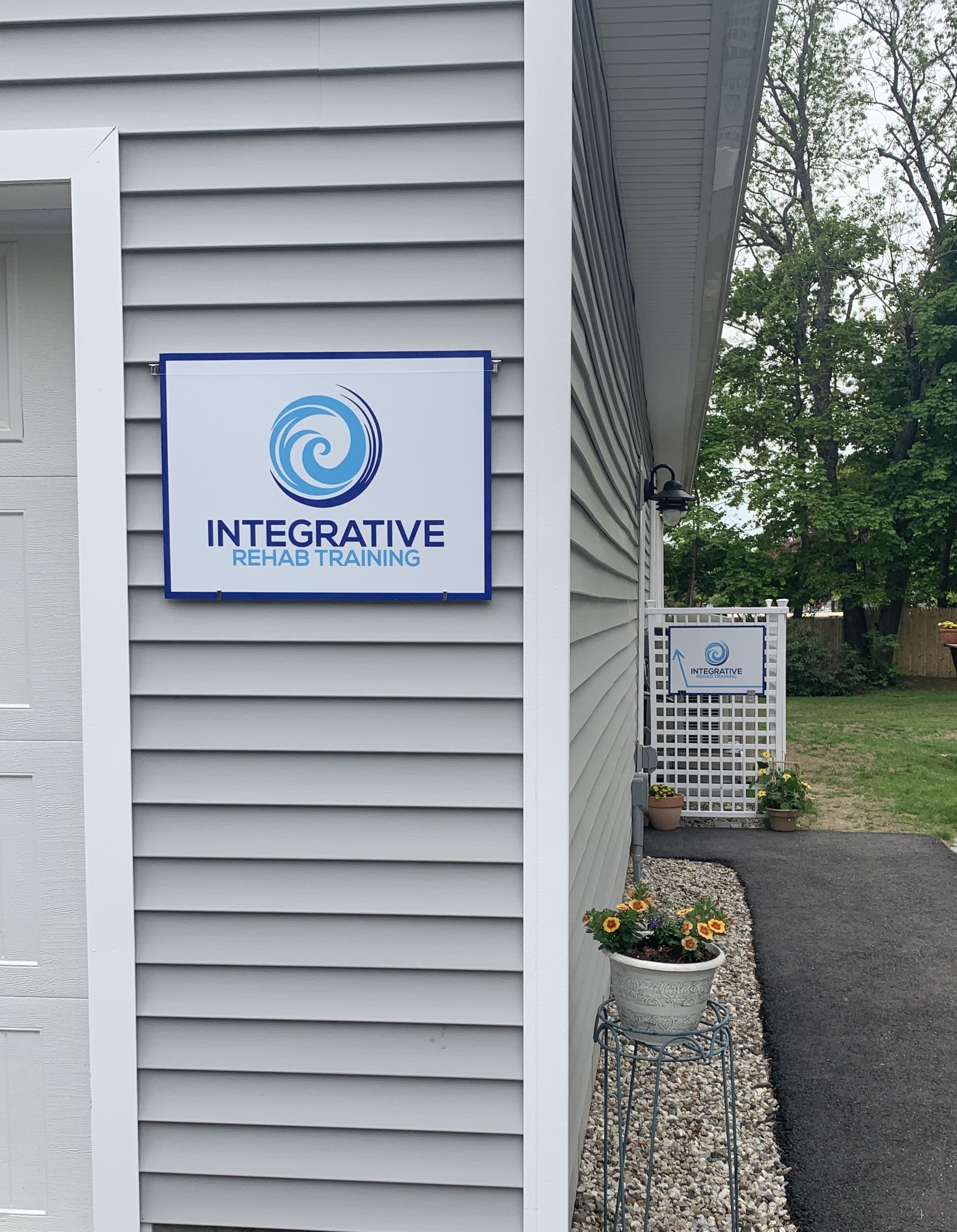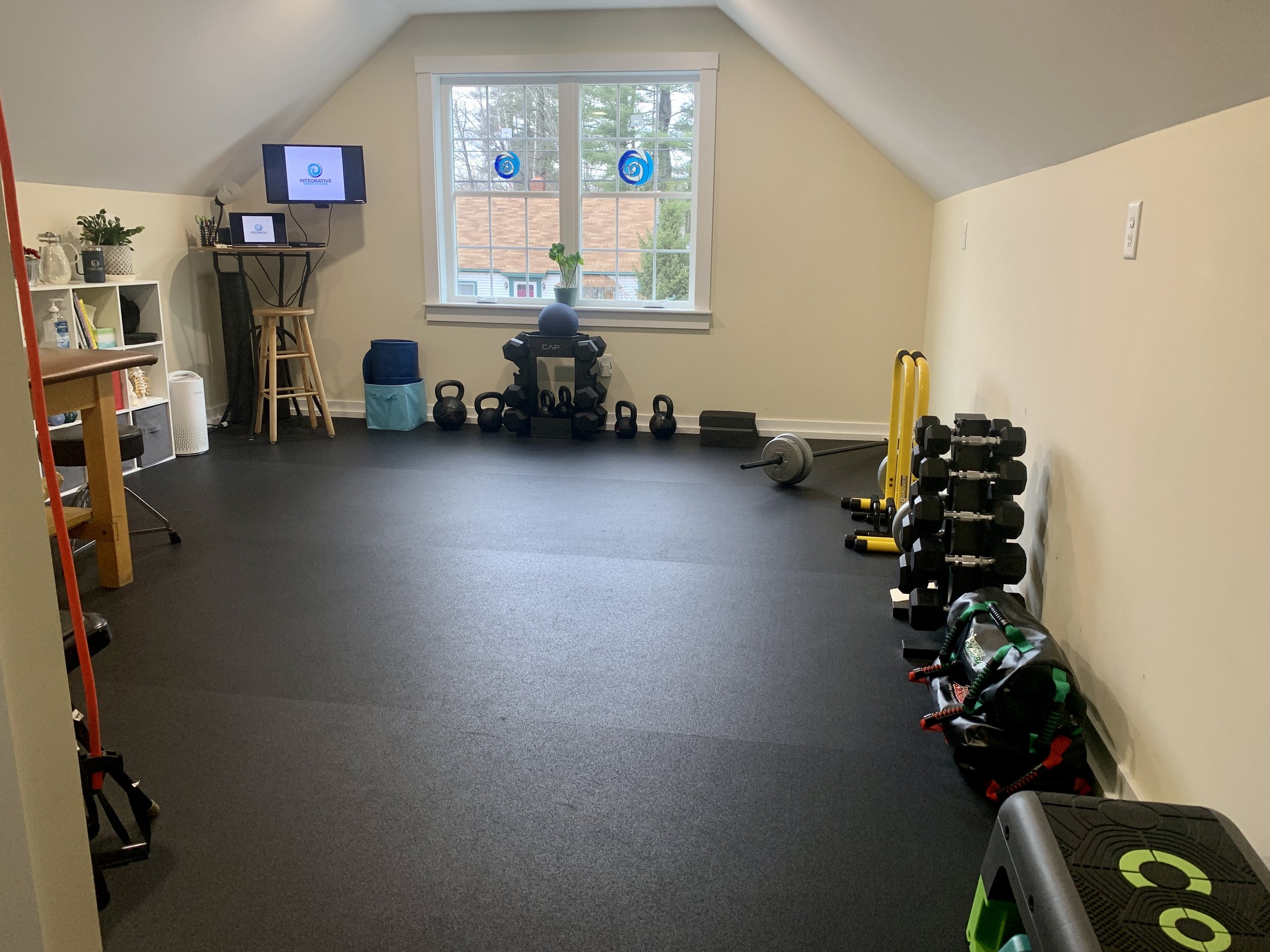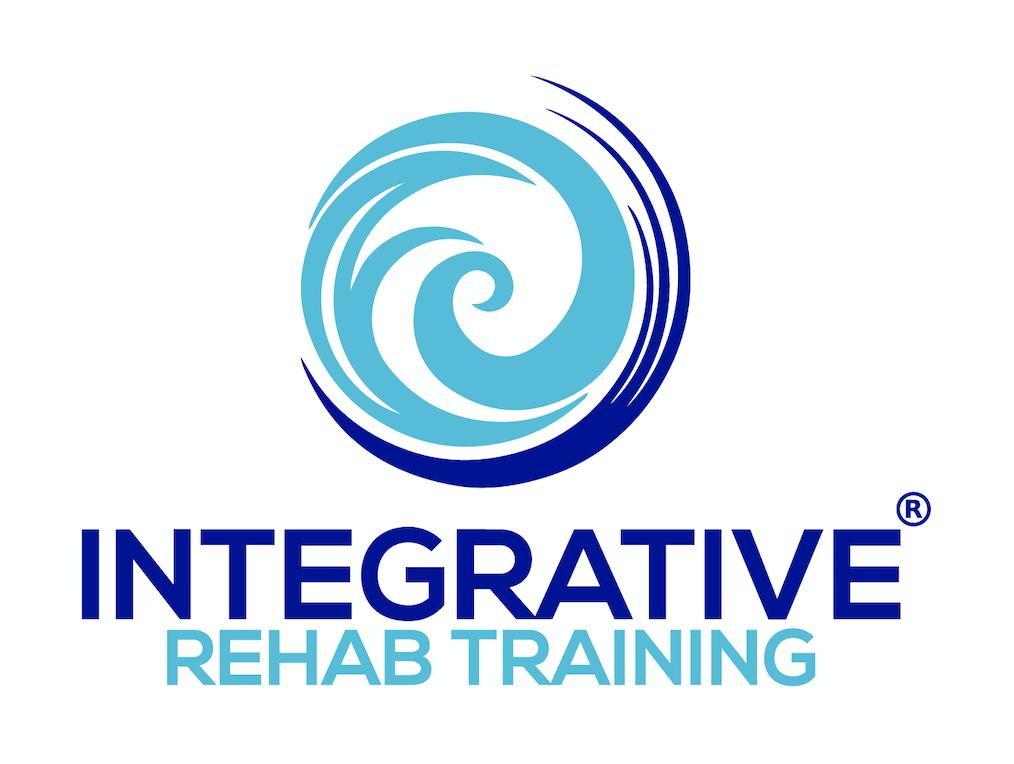Playing a sport for a team, at any level, is an incredible experience and one that should be viewed as an opportunity and something which is earned versus something which should be an expectation. Playing after high school for a collegiate team is very different today than it was in years past and is a tremendous accomplishment for today’s athlete. It is almost essential to be recognized by coaches prior to setting foot on campus as the available spots for “walk-ons” is significantly reduced for most colleges, if not completely eliminated by others. This is true from the top Division I programs right down to many of the Division III colleges. Developing a plan to have the student athlete be recognized and “seen” by coaches requires a few different steps—some of which are more essential than others. Listed below are some of the things which should be considered when starting this process, as well as some helpful links to refer to as they embark on this journey. This is written from my perspective as a former high school coach, father of a child who has gone through this process and currently plays lacrosse in college, and as a sports medicine professional who treats, trains and consults with athletes at all levels.
- It is a process and as a process should be considered a mutual endeavor by both the student athlete and the parent(s).
- It should be considered something almost enjoyable by both the student athlete and parent(s) and an opportunity for each of them to gain an improved understanding of what choices there are out there, as well as a way to narrow down college choices.
- The student has to be the one that is truly committed to the process, demonstrates effort and effective follow-through, and is willing to have conversations with the parents to answer some of the tough questions.
- They will learn much more about the importance of effective follow-through, reaching out and putting themselves “on display”, how to interact effectively with coaches and other adults, and how to be an advocate for themselves.
- US Lacrosse has a nice piece on the recruiting process:
- Be realistic
- What level do they honestly see themselves playing at (Div I, II, III)?
- This is an incredibly important early part of the decision making process as the requirements are significantly different depending on what level they feel they want to and can realistically play at.
- Size, skillset, motivation and drive, etc. are all important factors in making this decision.
- What part of the country do they want to go to school at?
- How far from home.
- Creating a geographical radius is helpful.
- What is the weather like in the area the college choices are located.
- Regional activities and opportunities outside of playing lacrosse.
- How far from home.
- What kind of student is the athlete and can they get into the school(s) they are interested in?
- Here are a couple of websites which are great for comparing colleges, getting info on costs, educational requirements, GPA’s and SAT scores, etc.
- Is there a particular major or area of study that interests them?
- It is important that they realize if there is something that interests them at that time, even if it might change in the future, that the school has this program. They should not sacrifice a potential career choice based on a sport they want to play in college.
- Be prepared
- Mentally
- For the time it will take to make it happen.
- For people getting back to you….or not.
- Financially
- There are some financial considerations in terms of showcases, camps and recruiting events which will require travel and money.
- There may be some added expenses if video services are purchased and/or if a specific recruiting organization is involved.
- Timelines
- Timelines are important in terms of when the best time is to get in front of the coaches.
- The end of the collegiate season, summertime and the fall are best
- Potential scholarship athletes, of which there are very few, have a very different timeline for when coaches will be watching them than other levels.
- Getting back to the coaches in a timely manner is essential, especially if they reached out to them or are responding to a message the athlete sent.
- Timelines are important in terms of when the best time is to get in front of the coaches.
- Time requirements
- It takes time. The commitment is based on how much and how far the parent and the athlete want to reach out and how much follow-up can realistically done
- Mentally
- What level do they honestly see themselves playing at (Div I, II, III)?

THINGS TO PREPARE
- Create a separate e-mail address that both the parent and the athlete can access
- This will be for coaches to respond to.
- Use it as well for registrations for camps, showcases, etc. as this will be where other events and coaches will send messages to once those mailing lists are sent out from other sources.
- Other programs such as “Captain U” and “BeRecruited” can be helpful with being seen and can be referred to this e-mail address.
- Put together an “athlete resume”
- Include pertinent personal information such as: name and contact information, NCAA Eligibility # (if one has been acquired), height and weight, GPA, parents info
- Athletics info
- Link to highlight video
- High school info and coaches contact info
- Travel team info and coaches contact info
- Awards, recognitions, All-Star teams, etc.
- Camps, tournaments, and showcases attended
- Identify which program(s) the athlete will attend over the summer
- Setting a number or dollar limit can be helpful in creating realistic expectations.
- Find ones which have the most bang for their buck:
- Having a long list of coaches in attendance
- More colleges are recognizing the fundraising opportunities these kinds of camps can provide and are creating their own
- Some of these are really just for them or a select few schools as well as mostly for the few players they are really interested in seeing
- How long has the camp been in existence
- Some will be part instructional and part games, other mostly just games
- Having a long list of coaches in attendance
- Take and/or acquire good video during the spring season
- Parents should take some video themselves zooming in on the athlete, as well as general play near them. Don’t always just focus on the athlete as showing off-ball play, set-up and recovery are critical things a coach wants to see.
- Contact the high school boosters organization or head coach about acquiring game video which is taken of each game.
- Contact news stations for any clips which the student athlete may have been in.
- Reach out to the sports news anchor who will often provide the content if they are given a blank DVD.
- Make a highlight video and post it on YouTube
- iMovie is a great way to do this
- Here is a link to the video my son and I put together with our own editing: https://youtu.be/qd3dYYJZu5s
- (I had not expected my son to pick a Rolling Stones song!)
- It should include name, graduating year, stats, height, weight and GPA.
- It should be about 3 minutes in length max. Background music is good to add, but consideration should be given to what kind.
- The beginning should really be some of the best footage and key pieces to really pull in whomever is watching it.
- It doesn’t have to have all scoring or all big take-aways. Include assists, good ground balls, good defensive play for middies and close-D players, good rides for attack, etc.
- iMovie is a great way to do this
- If the athlete is seriously considering playing at the Div. I level, then they must register through the NCAA Eligibility Center for an eligibility number:
- Include pertinent personal information such as: name and contact information, NCAA Eligibility # (if one has been acquired), height and weight, GPA, parents info

AFTER COLLEGES HAVE BEEN CHOSEN
- Identify which schools will be at the events the athlete will be at over the summer.
- This can include specific day or overnight camps as well as tournaments they may be playing at for a travel team.
- If there are specific schools of interest, then attending any programs they offer would be very worthwhile.
- Draw up a generic e-mail to send to the coaches on the list.
- Most coach’s e-mails can be found on the school team’s website.
- The e-mail should state where it was noticed the coach is scheduled to be, even if they were listed only from the previous year, as well as other events your son will be attending with dates.
- The athletic resume and any highlight video should be listed as well.
- Go to the college team’s website and fill out the Player Recruit Profile.
- This can also provide them with another list of camps and showcases that can be considered for the summer and fall.
- Follow-up within a week before the tournament/camp/showcase with the specific schedule of days, times of games, which team they are on and their jersey number (if it is known).
- If a parent can be there for some of the event to take more video, this would be beneficial.
- Many of these events have companies who will be providing video services and video filming packages can be purchased as well.
- Start creating a schedule for visiting the top schools. Reach out to the coaches before going to let them know that they will be going for a tour of their school and would they be available to meet with them.
- Some programs might offer to have the student athlete come back for a visit with the team or even do an overnight. This provides a great opportunity for the athlete to really get a feel of the school and the players on the team.
Ultimately, the decision to play in college is up to the student athlete and as such, they should be doing much of the work. However, some of the things that most parents of teenagers manage on a daily basis is not any different than making sure they are taking of the tasks for going through the college recruiting process. The student athlete will require reminders about follow-up e-mails and calls, they should be responsible for writing and responding to messages in their own words, they have to be the ones researching the schools for things that interest them and so forth.
It is also a fine line between parents being involved in a way that is helpful versus being too involved and overbearing. Some coaches actually base some of their decision on how involved the family is in the process as they want to be sure they are not getting themselves into something that might be more than they want to have to deal with. Over-involved parents or interaction which is perceived as coming only from the parents can often be a turn-off for a coach who is looking at a player who will be on their own soon.
This is an incredibly exciting time for a parent and their student athlete and should be looked at as an opportunity to work together to help develop a plan for his future. Being part of a collegiate team has a tremendous amount of benefit for an incoming freshman. Hopefully this information will help with making the process a little less confusing and overwhelming.




